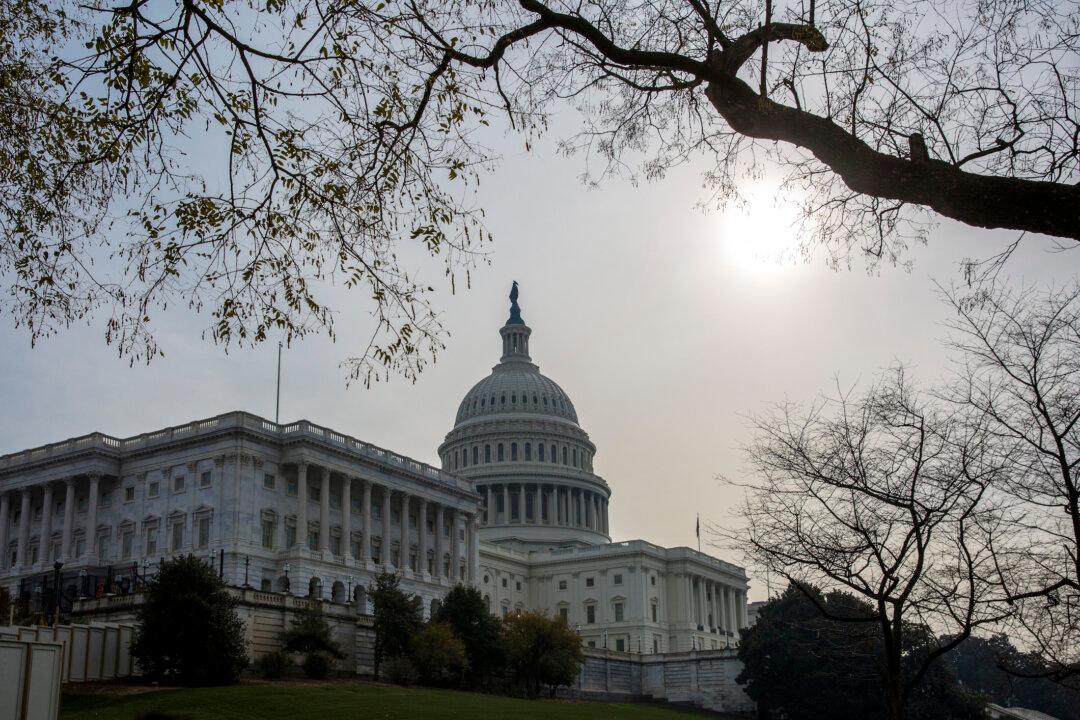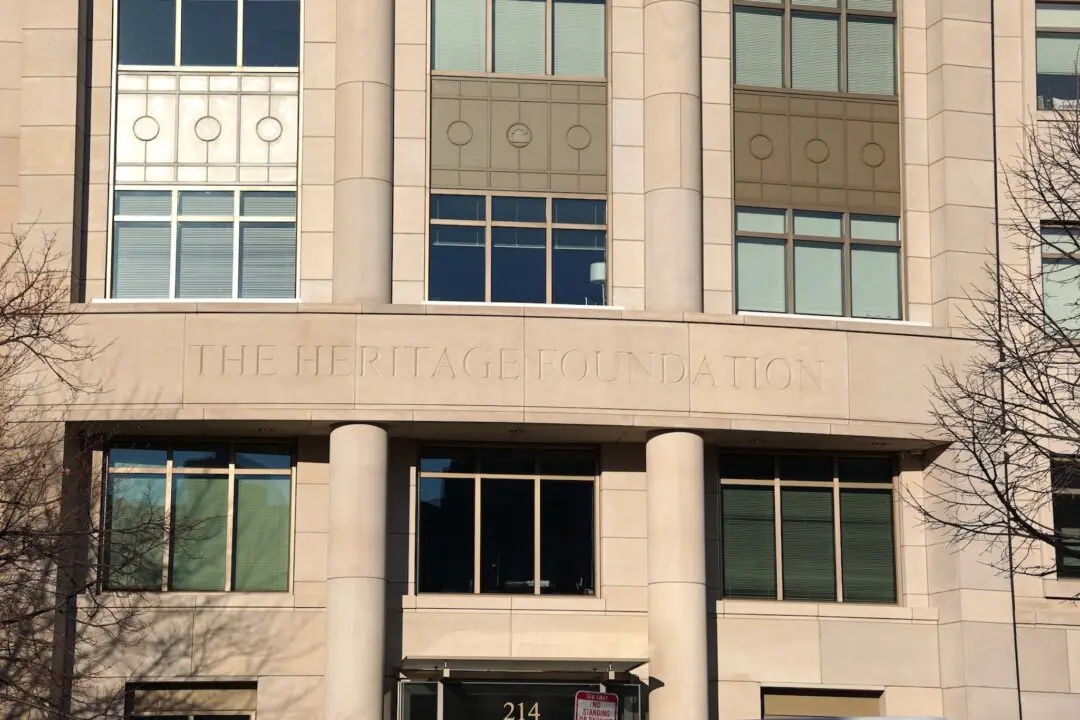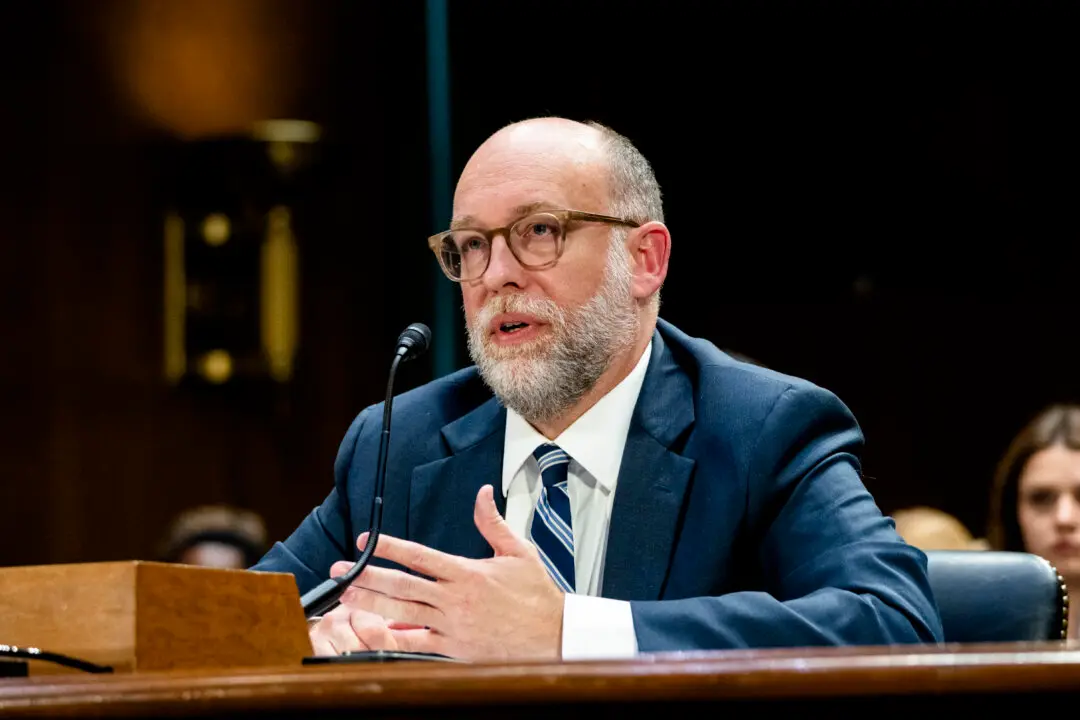WASHINGTON—Lawmakers are still negotiating in an effort to strike a deal and reopen the government. However, it is hard to tell at this point how and when they will be able to reach an agreement.
If Congress cannot resolve the stalemate, hundreds of thousands of federal employees starting this Monday will be furloughed, meaning they will be placed on a leave of absence for a certain period without getting paid. Once the government is reopened, though, they will likely be paid in full for the time they were laid off.





